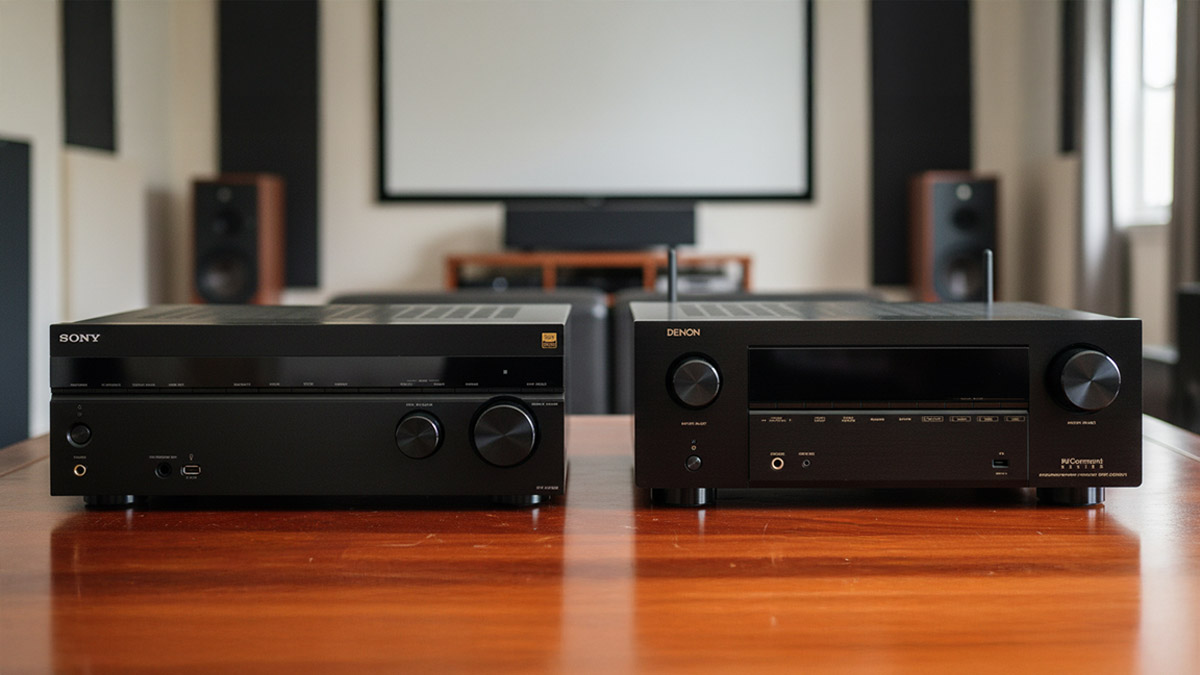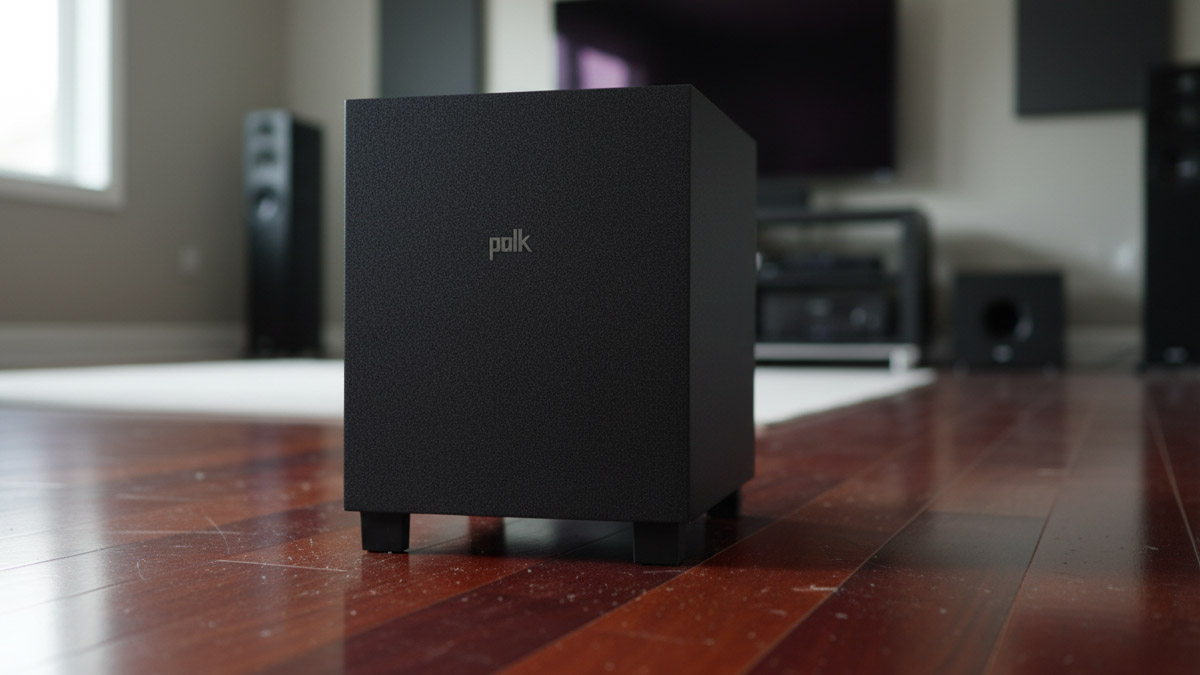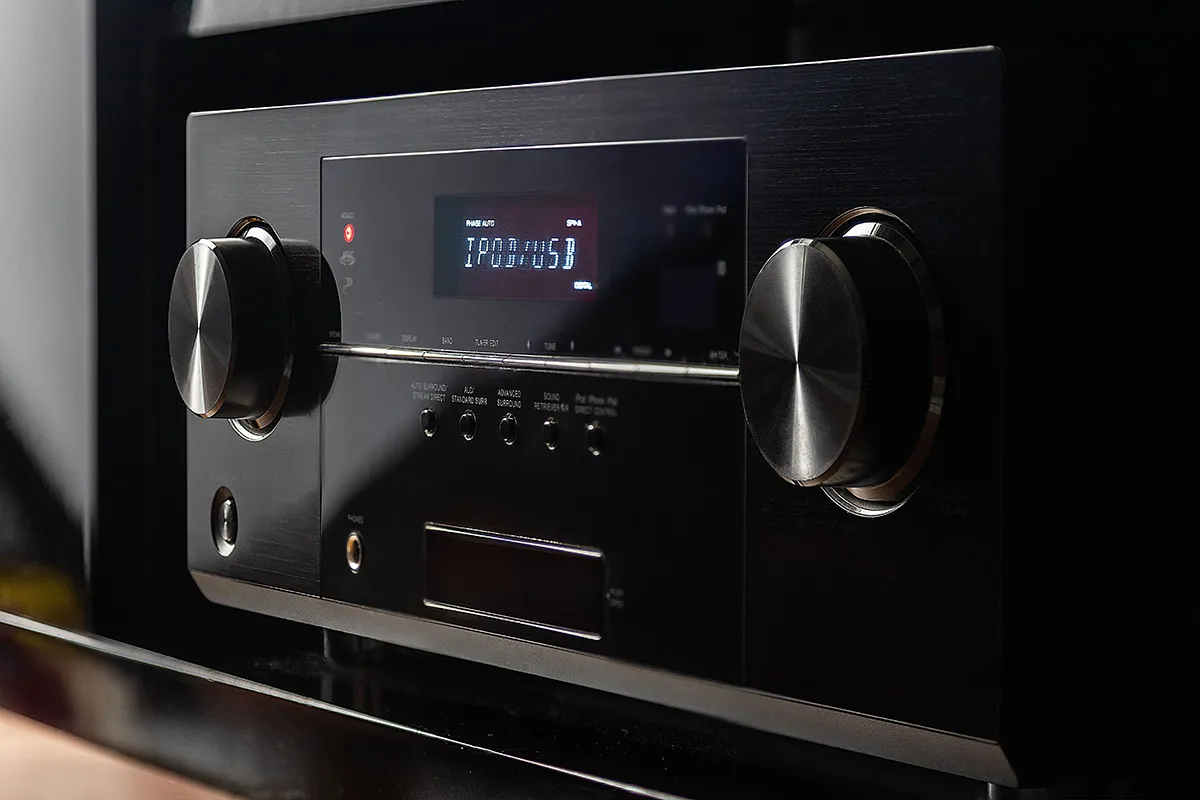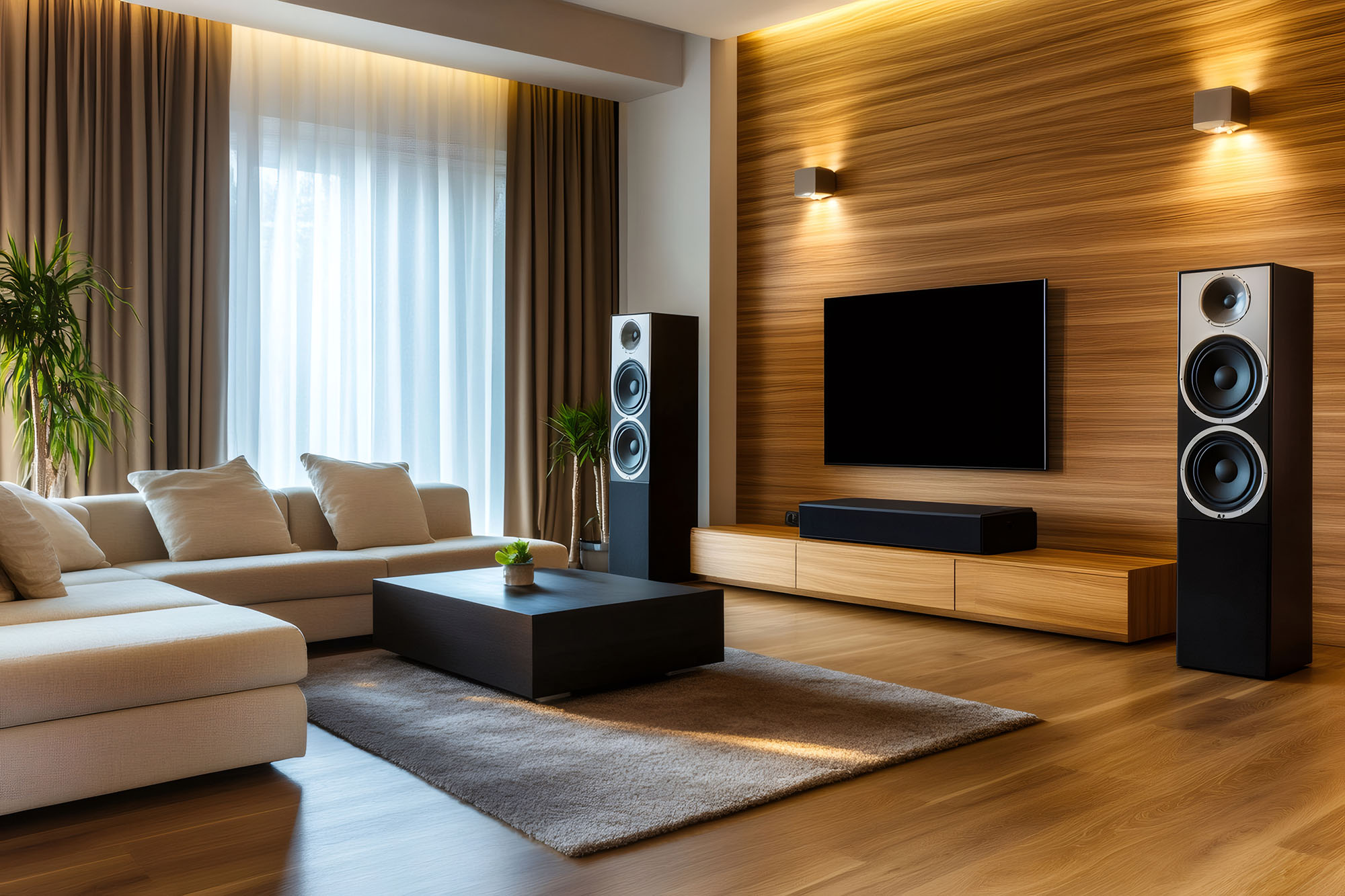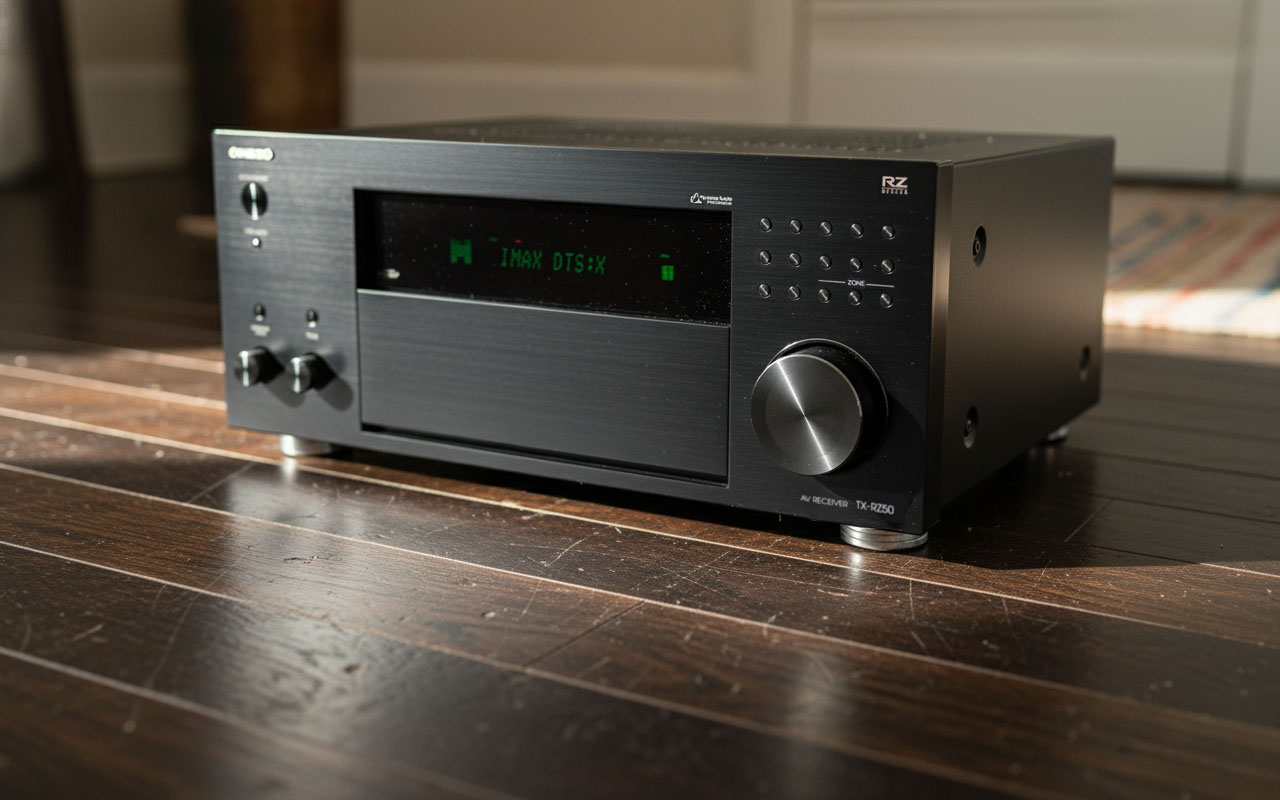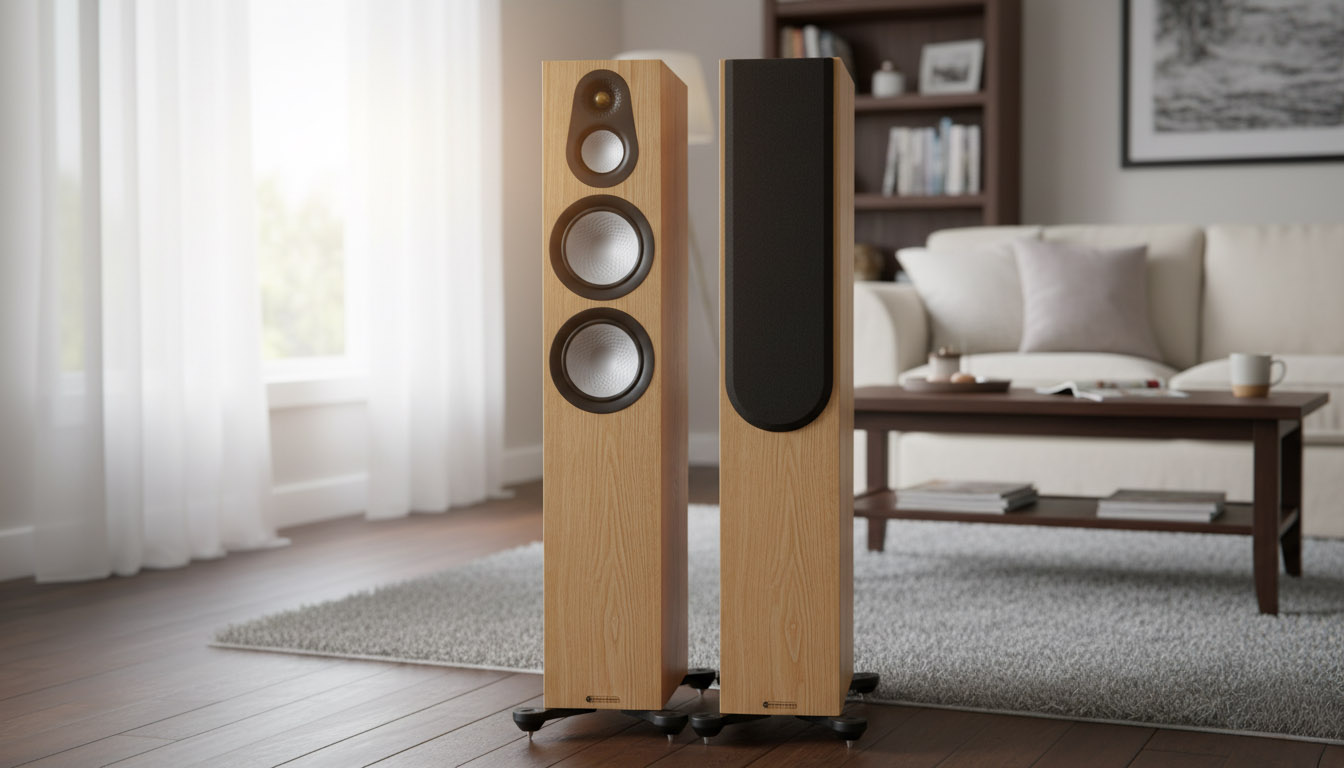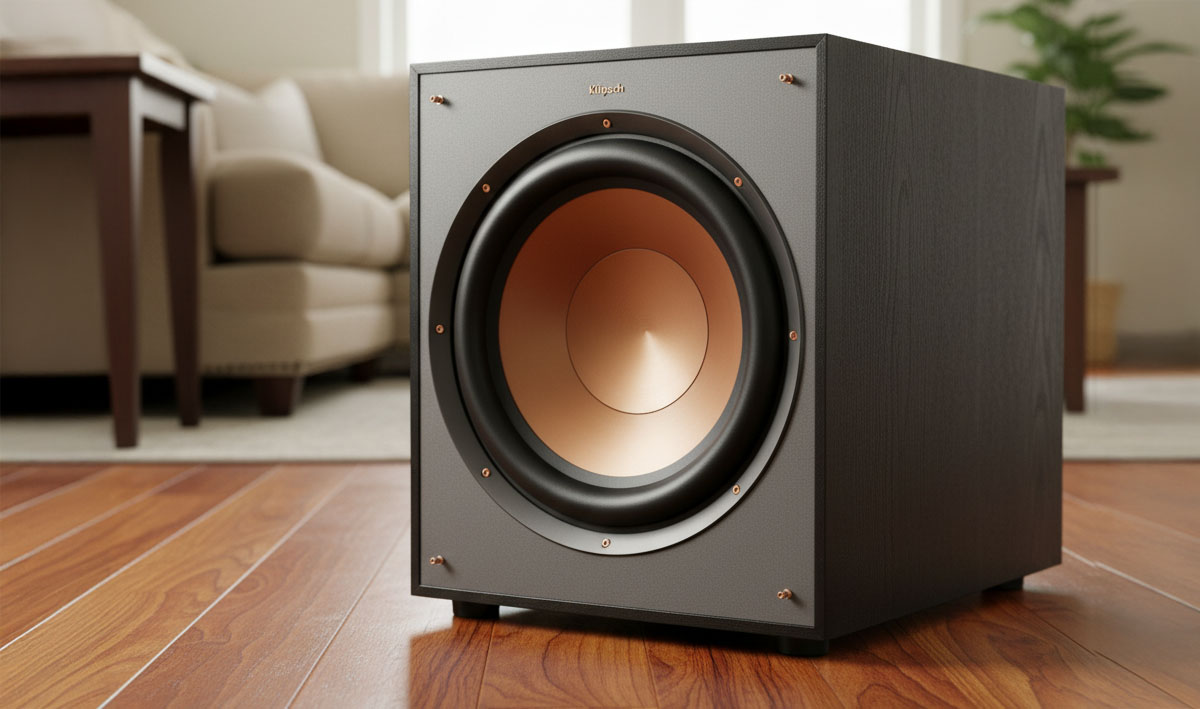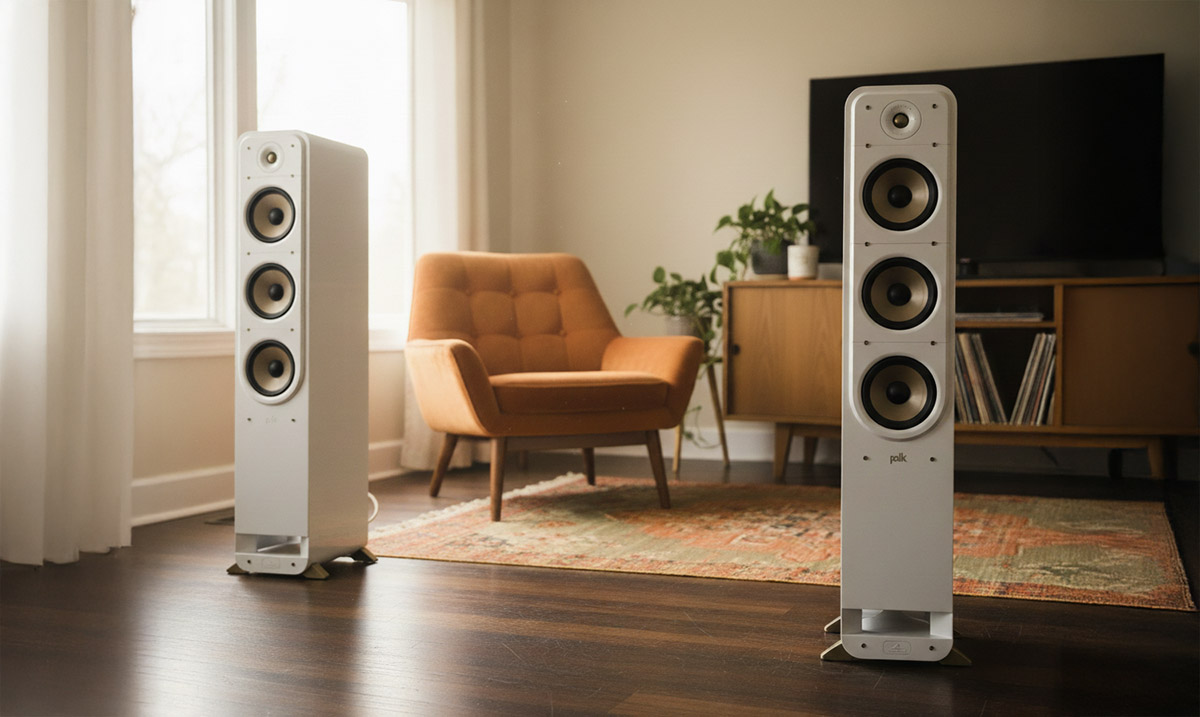You drop the needle, the music starts, and then the room joins in. Footfalls, a door slam, or a lively subwoofer can nudge the cartridge and smear the bass. A turntable wants a calm, stable world under it. Give it that, and even modest gear snaps into focus. Here’s what actually works, where to start, and which upgrades make sense before you buy a drawer full of rubber bits.
Know what you’re fighting
Not all vibration is the same. Structure borne energy travels through floors, shelves, and furniture. Think heavy footsteps or a subwoofer shaking the rack. Airborne energy rides the air. That’s the kick drum and low synth pressurizing the room and exciting the platter and tonearm. Your job is to keep both from reaching the stylus. Mass, compliance, and good mechanical tuning are the levers.
Mass resists motion, so a heavier platform moves less in the audio band. Compliance is the give in the support, like elastomer feet or spring suspensions, which can shift and soak energy. Mechanical tuning moves the resonance of the whole stack away from the sensitive range where the arm and cartridge want to live. Use those ideas and guesswork turns into a plan.
Free wins first
Put the turntable on the most stable surface you have. A low, rigid cabinet beats a tall wobbly tower. Center the weight on the shelf, level the plinth carefully, and check that the dust cover isn’t ringing along with the music. Close it for casual spins, open it for serious listening if the cover sings.
If you run a subwoofer, fix the room interactions early. Cross it low, set a sane level, and move it a foot at a time until the bass peak at your seat eases. Less energy in the room means less energy trying to climb back into the stylus. Solve that first, then add isolation.
Do isolation platforms work
They do when they match the weight of your table. A good platform blends mass and tuned compliance so the turntable moves less in the audible range. IsoAcoustics zaZen platforms earn frequent praise because setup is simple and the results are repeatable. A thick maple or butcher block slab also helps, especially with soft footers that are properly loaded. Go too soft and the deck sways, go too hard and nothing changes.
A practical recipe that works in many rooms. Try a maple slab around 2 inches thick with four elastomer pucks rated near your table’s weight. Keep the pucks near the slab’s corners so it doesn’t rock. Set the table on top, re level, then listen to a bass solo. If the pitch is cleaner and the image stops shimmering when you walk by, you’re on the right track.
What about special feet
Feet can be smart money if the stock supports are thin rubber or plastic nubs. Isonoe isolation feet are a favorite for Technics and other heavy direct drives. They combine metal bodies with internal elastomer bushings and height adjustment, so you get isolation and proper leveling. Many owners hear fewer footfall thumps and tighter bass on hot pressings.
Herbie’s Tenderfeet and IsoAcoustics Orea pucks work well under many belt drive tables. The trick is load. Each foot should carry roughly the same weight. If the motor side is heavier, shift foot positions until the bounce feels even at all corners. That even bounce is your green light.

Do wall shelves solve everything
They solve a lot if your floor is springy. A wall shelf couples the turntable to the wall studs rather than the trampoline floor. Rega’s wall bracket is simple and rigid, a great partner for light and stiff decks like the Planar 3. Pro-Ject’s Wallmount It offers broader compatibility with adjustable spikes. When footfalls are the enemy, a wall mount is often the single biggest improvement you can make.
Choose stud locations with care and use long lag screws. If you must span wider than the bracket allows, add a hardwood ledger across two studs, mount the shelf to the ledger, and you gain the stiffness you paid for. Recheck level after a day, wood settles.
Racks and stands that don’t ring
A rigid, well braced rack reduces flex under the table. Solidsteel audio racks use welded frames and decoupled shelves, so each level passes along less energy. Pangea’s Vulcan rack is a friendly price choice that punches above its cost, especially with the thicker top shelf and optional foot cones with pads. Park the turntable on the top where airborne energy is easier to manage, then place amps and sources below.
Cartridge and arm basics that save money
Isolation works best when the tonearm and cartridge are already happy together. Check effective mass against cartridge compliance. A high compliance cartridge on a heavy arm can push the arm cartridge resonance into a messy range where footfalls and record warps excite it. Aim for a resonance between roughly 8 and 12 hertz. Popular pairs land there without drama, for example a Rega Planar 3 with its Exact cartridge, or a Pro-Ject Debut Carbon EVO with an Ortofon 2M series. When that resonance sits right, every isolation tweak does more.
Tracking force matters. Set it with a simple digital scale and stay in the maker’s range, usually near the top half. A stylus that’s under weighted will chatter at the first hint of vibration. Azimuth and anti skate matter too, yet force is the big lever for stability.
How this plays with subwoofers
You want clean bass for movies and music, but the turntable squeals when the sub gets lively. That’s acoustic feedback. Airborne bass shakes the plinth and the platter, the cartridge hears it, the amp feeds it back into the room, and the loop runs wild. You can shut that loop down.
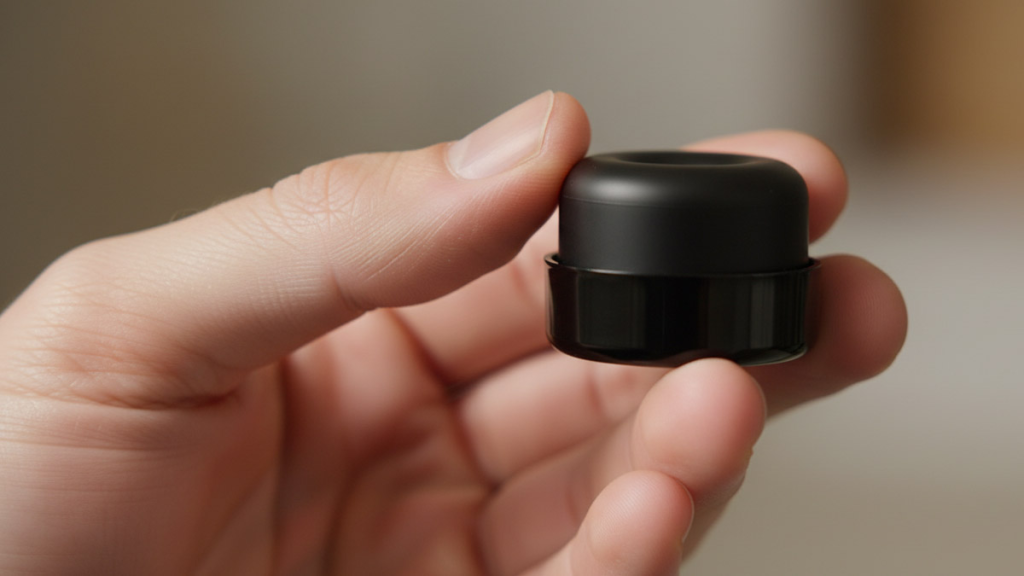
Place the sub away from the rack or put the turntable on a wall shelf. Cross a little lower and trim sub level a touch. Add isolation under the table and under the sub. SVS SoundPath feet are a simple way to reduce floor energy from the sub. Owners often report fewer rattles and tighter bass once those feet go on. Now the table’s isolation has a fair fight.
Model suggestions that behave well
Turntables with calm manners out of the box include the Technics SL-1500C, a direct drive with a rigid chassis and solid feet, and the Rega Planar 3, a light, stiff design that shines on a wall shelf. The Pro-Ject Debut Carbon EVO punches above its price, and pairs nicely with a zaZen platform or Orea pucks to settle footfalls.

For isolation platforms, IsoAcoustics zaZen is an easy win. For a budget build, a maple slab plus properly loaded elastomer pucks can match it if you enjoy tinkering. For feet, Isonoe for heavy decks, Herbie’s Tenderfeet for lighter decks, and Orea pucks when you want modular flexibility. For wall shelves, Rega’s bracket for light rigid decks, and Pro-Ject’s Wallmount for broader use.
A simple way to see vibration with your phone
Lab gear isn’t required. Place your phone on the same shelf as the table and open a free accelerometer or vibration meter app. Play a bass heavy track at your normal level, then a bit louder. Note the peak and average readings, then repeat after each change, like moving the sub, adding a platform, or shifting toe in. You want a measurable drop when a change helps. It keeps you honest and saves you from chasing placebo tweaks.
Footfall frequency and your arm cartridge resonance
Most wood floor footfalls land around 2 to 4 hertz. A healthy arm cartridge resonance sits near 8 to 12 hertz. That gap matters. If your combo resonates around 6 hertz and the floor thumps at 3, harmonics can still excite the system and you’ll see the classic needle bounce. A tiny headshell weight or a different compliance cartridge can nudge that resonance back into the safe window. Make one change, then recheck with the same walk by test and a bass sweep.
Constrained layer damping you can build
Mass blocks are good, mass plus damping is better. Sandwich a thin viscoelastic layer between two rigid boards, like a maple slab over a sheet of mass loaded vinyl, then another thin board. That sandwich turns flex into heat instead of motion. Place your platform pucks under the outer board so the soft layer stays preloaded and quiet. It’s cheap, reversible, and often beats a single big block.
Subsonic filters help more than you think
If your phono stage has a rumble or subsonic filter, try it. Good designs roll off below roughly 15 to 20 hertz without touching musical bass. That filter stops woofer cone pumping caused by warps and footfalls, which also frees amplifier headroom. Engage the filter, then watch your woofer cones on a quiet lead in groove. Less motion means more room for actual music.
Record weight versus clamp
They’re not the same tool. Weights add mass and can lower the resonance of the platter record system, helpful with mild warps but risky on light belt drives where motor noise can ride through the bearing. Clamps couple the record to the platter and flatten dish warps without as much added mass. On suspended decks, extra weight detunes the springs. Try a light reflex clamp first on those tables, save heavy weights for rigid plinth designs with stout bearings.
Where isolation feet go wrong
Footers only work when loaded in their sweet spot. If the table is 20 pounds and you use four pucks rated for 10 pounds each, they sit underloaded and behave like hard spacers. Use three pucks instead, or choose a softer formulation. Even loading matters too. If the motor side is heavier, slide the rear feet outward so the bounce feels even. That even bounce tells you the springs are sharing the work.
Detune shelves from each other
If you stack gear, avoid identical shelf thicknesses and materials. When two shelves share a natural frequency they ring together. Mix materials and thicknesses. A thick wood top shelf for the table, a thinner MDF shelf below for the amp, and a glass or metal shelf lower down for a streamer spreads resonances so less energy piles up at one frequency.
Tap test that spots noisy parts fast
With the stylus on a stationary record and the volume at a normal listening level, lightly tap the plinth, the dust cover, the shelf, and the wall bracket. You should hear very little through the speakers. If the cover sings, remove it for serious listening. If the shelf rings, add a thin felt pad between shelf and platform feet. If the wall bracket booms, tighten hardware and add a small bead of non hardening sealant behind the uprights.
Subwoofer placement that protects vinyl
You want cinema bass and a calm table. Place the sub two to three feet from the rack and not in the same wall corner. Aim it toward a side wall instead of directly at the table. If feedback still shows up, rotate the sub a quarter turn, then reset phase and crossover. The goal is to reduce direct pressure on the plinth while keeping room mode coverage for movies and music.
A quick flowchart so you don’t waste money
1, Fix placement first, stable low furniture or a wall shelf, then move the sub away from the rack.
2, Set tracking force near the top of the maker’s range, confirm balance and anti skate.
3, Add a platform matched to weight, or build the damping sandwich, then re level.
4, Fit properly loaded feet after the platform, not before.
5, Engage the subsonic filter if you see woofer pumping, then retune the sub.
6, If footfalls persist on springy floors, a wall shelf beats more accessories every time.
What good actually looks and sounds like
When you walk by, the center image shouldn’t wobble. On bass heavy passages, woofer cones shouldn’t flap when there’s no bass playing. Vocals sit steady and focused, cymbals stay crisp without splash, and bass lines carry pitch rather than blur. If your before and after don’t hit those marks, pull the tweak and try the next idea. Not every accessory earns a spot in every room.
Bottom line
Special stands, feet, and shelves can make a real difference, but they aren’t magic by themselves. Start with placement and leveling. Tame the sub’s effect on the room. Add a well matched platform or feet to control structure borne energy. Use a wall shelf if footfalls are the villain. Keep the arm and cartridge in a healthy resonance window so the stylus stays planted. Do those things in that order and your records gain quieter backgrounds, firmer bass, and cleaner imaging. The needle reads the groove, not your room, which is exactly what you want.
Teksignal.com participates in the Amazon Services LLC Associates Program, an affiliate advertising program designed to provide a means for sites to earn advertising fees by advertising and linking to Amazon.com. The reviews on this site are hands-off consensus reviews. We analyzed owner feedback across the internet and manufacturer documentation. We summarize sentiment; we do not republish individual user posts.




